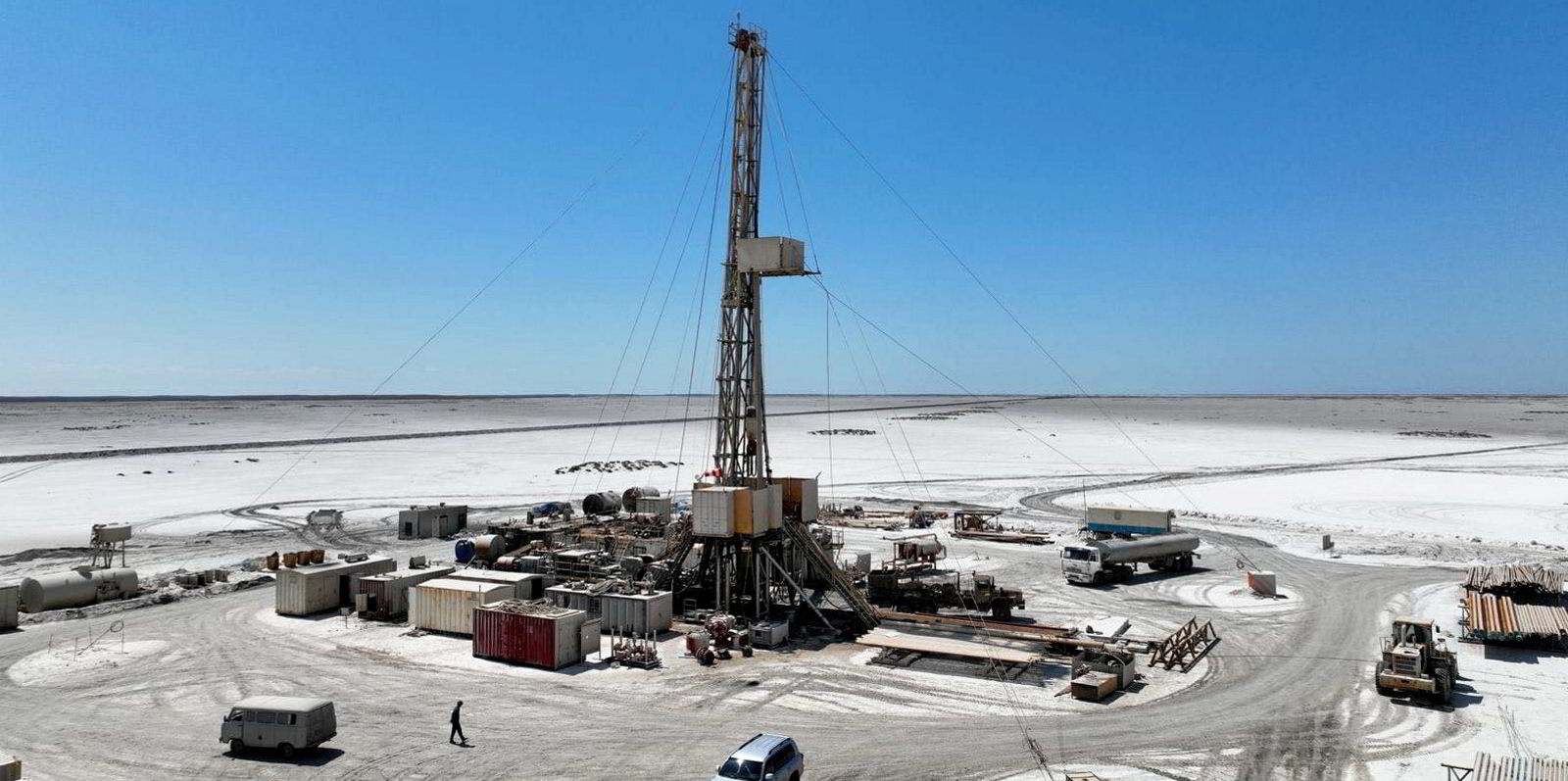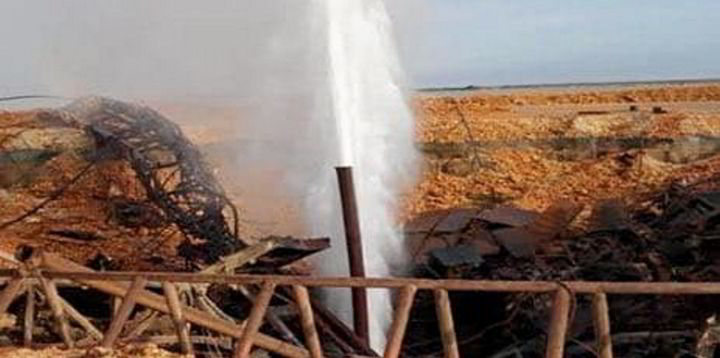A well fire in Kazakhstan that has been burning since early June has finally been brought to a halt, according to well operator Buzachi Neft.
The privately held Kazakh oil producer said its special purpose well 303-ST finally entered the wellbore of the onshore Karaturun East field’s accident well — #303 — earlier in December at a depth of about 1000 metres.
This enabled the operator to start injecting heavy drilling mud via the special purpose probe into the wellbore of the accident well, it said.
The company’s efforts proved successful and ended the gas flaring, with the flow of a mixture of water and gas to the surface quickly coming to the complete halt, according to Buzachi Neft.
The company is now rolling out further measures at the accident site, and has also struck an agreement with authorities to finance some local social programmes in the Mangistau region, where the well is located.
In November, the operator allocated a further two months to its efforts to take full control of the well after drilling two injection holes to a depth of about 1200 metres into the formation hosting the escaping gas.
Article continues below the advert
However, these two probes only managed to reduce, and nbot halt, the flow rate of the escaping gas.

Buzachi Neft had pumped thousands of tonnes of water into the formation via these injection wells, it said.
The blowout and subsequent well fire happened in the early morning of 9 June when a local drilling contractor, identified as Zaman Energo, was lifting a drillbit tool from the well that had reached a depth of about 1100 metres.
However, by the time local firefighters arrived at the remote location, the raging fire had destroyed the well’s christmas tree and blowout preventer.
A crater has also formed around the area, with the burning gas escaping from the reservoir estimated to be pressurised at more than 121 bars.
The remains of a drilling rig collapsed into the well crater, complicating efforts to bring the fire under control.
The incident attracted international attention in August after French environmental intelligence company Kayrros said that, based on interpretation of satellite images of the accident site, the well was emitting dozens of tonnes of methane each day.
Methane is widely regarded to be the second, though significantly more potent that carbon dioxide, greenhouse gas contributor to the climate change.
Buzachi Neft denied the satellite findings and even resorted to firing a signal flare over the burning well to demonstrate that almost all of the escaping methane was burning out, rather than venting into the atmosphere.
